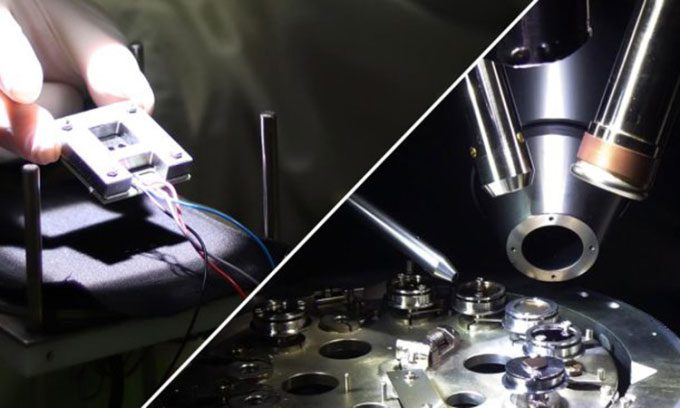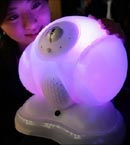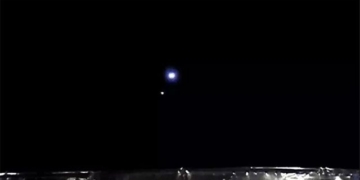German Scientists Combine Two Types of Absorbing Materials to Develop Solar Cells with 24% Light Conversion Efficiency.
A research team led by Professor Thomas Riedl at Wuppertal University, along with experts from the Institute of Physical Chemistry at the University of Cologne, the University of Potsdam, the University of Tübingen, the Helmholtz Zentrum Berlin, and the Max Planck Institute for Iron Research, has developed tandem solar cells that achieve an impressive 24% efficiency, measured by the amount of photons converted into electricity.

Tandem solar cells in the solar energy simulator at Wuppertal University (left) and the energy level measuring device using photoelectron spectroscopy at the University of Cologne (right). (Photo: Cedric Kreusel/Wuppertal University/Selina Olthof/University of Cologne)
This achievement sets a world record for the highest efficiency, thanks to the combination of organic absorbing materials and perovskite materials. The research results were published on April 13 in the journal Nature.
Traditional solar cell technologies primarily rely on semiconductor silicon and are considered to have reached their efficiency limits. This has made the development of new solar energy technologies increasingly necessary.
In this new study, the research team utilized a combination of two absorbing materials. The first is organic semiconductors—carbon-based compounds that can conduct electricity under certain conditions. These are paired with perovskite, a lead-halide compound known for its excellent semiconductor properties. Producing both types of materials requires significantly less material and energy compared to traditional silicon solar cells.
Sunlight consists of various spectral components, specifically colors, so an efficient solar cell must convert as much light into electrical energy as possible. Experts can achieve this with tandem solar cells. This type of cell combines multiple semiconductor materials, each absorbing different solar spectral bands.
In the new research, organic semiconductors are used for visible and ultraviolet light, while perovskite effectively absorbs in the near-infrared region. Similar material combinations have been studied before, but the German experts have succeeded in significantly enhancing efficiency.
Initially, the world’s best perovskite-organic solar cells had an efficiency of about 20%. The German team has increased this efficiency to 24%. “To achieve such high efficiency, it is essential to minimize losses at the interface between the materials in the solar cell. To address this issue, the research team at Wuppertal University developed a linker that connects the organic and perovskite materials electronically and optically,” said Dr. Selina Olthof from the Institute of Physical Chemistry at the University of Cologne.
Specifically, a thin layer of indium oxide, only 1.5 nanometers thick, is integrated into the solar cell to keep losses to a minimum. Scientists at the University of Cologne play a crucial role in evaluating the energy and electrical properties of the interface and linker, thus identifying loss processes and optimizing the components. Simulations by the expert team at Wuppertal University indicate that this new method could produce tandem solar cells with efficiencies exceeding 30% in the future.




















































